I knew we had a serious ventilation problem in our Minneapolis Tudor’s second-floor bathroom when the wallpaper literally started peeling off in sheets during a particularly steamy December shower. The previous owners had “updated” the space with a builder-grade fan that made plenty of noise but apparently moved about as much air as a gentle sigh. Minnesota winters—where opening a window means inviting in subzero temperatures—had created the perfect conditions for moisture to wreak slow-motion havoc. Behind that decorative wallpaper, we discovered black mold spreading across the plaster like an ominous Rorschach test.
It was, as my grandfather would say, a teachable moment. I’d spent years helping clients address bathroom ventilation issues in homes across different climate zones, but experiencing the consequences firsthand in my own home drove the lesson home with painful clarity. Proper bathroom ventilation isn’t a luxury or an afterthought—it’s essential infrastructure that prevents expensive damage and potential health hazards. And in my experience renovating American homes, it’s one of the most consistently overlooked aspects of bathroom design.
The standard approach to bathroom ventilation—slapping in whatever fan the contractor offers, typically the cheapest model that nominally meets code—fails most homeowners in ways they don’t recognize until problems emerge. That underperforming fan in our Minneapolis bathroom checked all the boxes on paper. It was technically rated for the square footage, had been professionally installed, and made an impressive noise that suggested air movement. But its actual performance? About as effective as trying to empty a bathtub with a coffee straw.
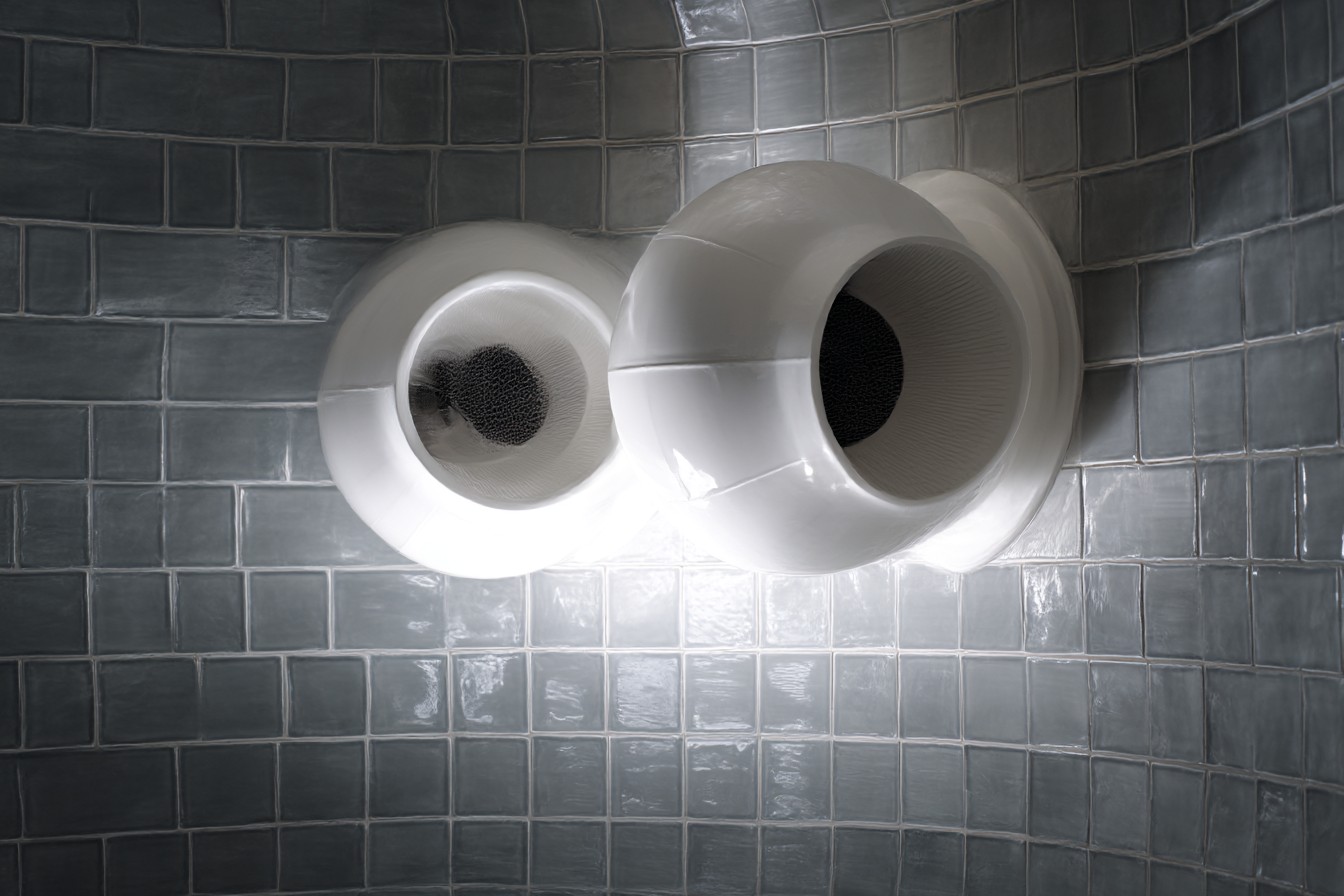
Our subsequent bathroom renovation became something of an obsession as I researched ventilation solutions appropriate for our home’s specific challenges. The education changed how I approach every bathroom project, regardless of region or budget. The truth is, effective ventilation systems don’t necessarily cost significantly more than inadequate ones—they just require more thoughtful selection and installation than most homeowners or contractors typically provide.
Let’s start with the most fundamental issue: fan sizing. The standard calculation used by many contractors—one cubic foot per minute (CFM) of air movement per square foot of bathroom—is woefully inadequate for most real-world scenarios. This bare-minimum approach might technically satisfy code requirements but fails to account for ceiling height, shower size, or regional humidity challenges that dramatically impact ventilation needs.
For a client in Seattle dealing with the Pacific Northwest’s notorious moisture issues, we scrapped the standard calculation entirely. Instead of focusing solely on square footage, we considered their bathroom’s volume (including the 9-foot ceilings), the oversized shower enclosure, and the region’s baseline humidity levels. The resulting calculation suggested a 110 CFM fan—significantly more powerful than the 50 CFM unit initially proposed by their contractor. The upgraded fan cost about $85 more but virtually eliminated the persistent dampness they’d struggled with for years.
Noise ratings represent another frequently misunderstood specification. Most homeowners assume a louder fan moves more air, which seems logical but is completely backward. Fan noise is measured in sones, with higher numbers indicating louder operation. The cheapest bathroom fans are typically both ineffective and deafeningly loud (often 4+ sones), creating the illusion of powerful performance while barely moving air. Meanwhile, premium models can deliver substantial airflow at whisper-quiet levels below 1 sone.
This noise factor significantly impacts whether fans actually get used. A client in Boston had installed an adequate CFM fan that was so disruptively loud that family members refused to run it during early morning or late evening hours to avoid disturbing others. The resulting selective usage pattern allowed moisture problems to develop despite having technically appropriate ventilation installed. We replaced it with a comparably powered but significantly quieter model (0.9 sones versus the original 3.5), and usage immediately increased. Sometimes the most effective ventilation improvement is simply installing a fan people are willing to operate.
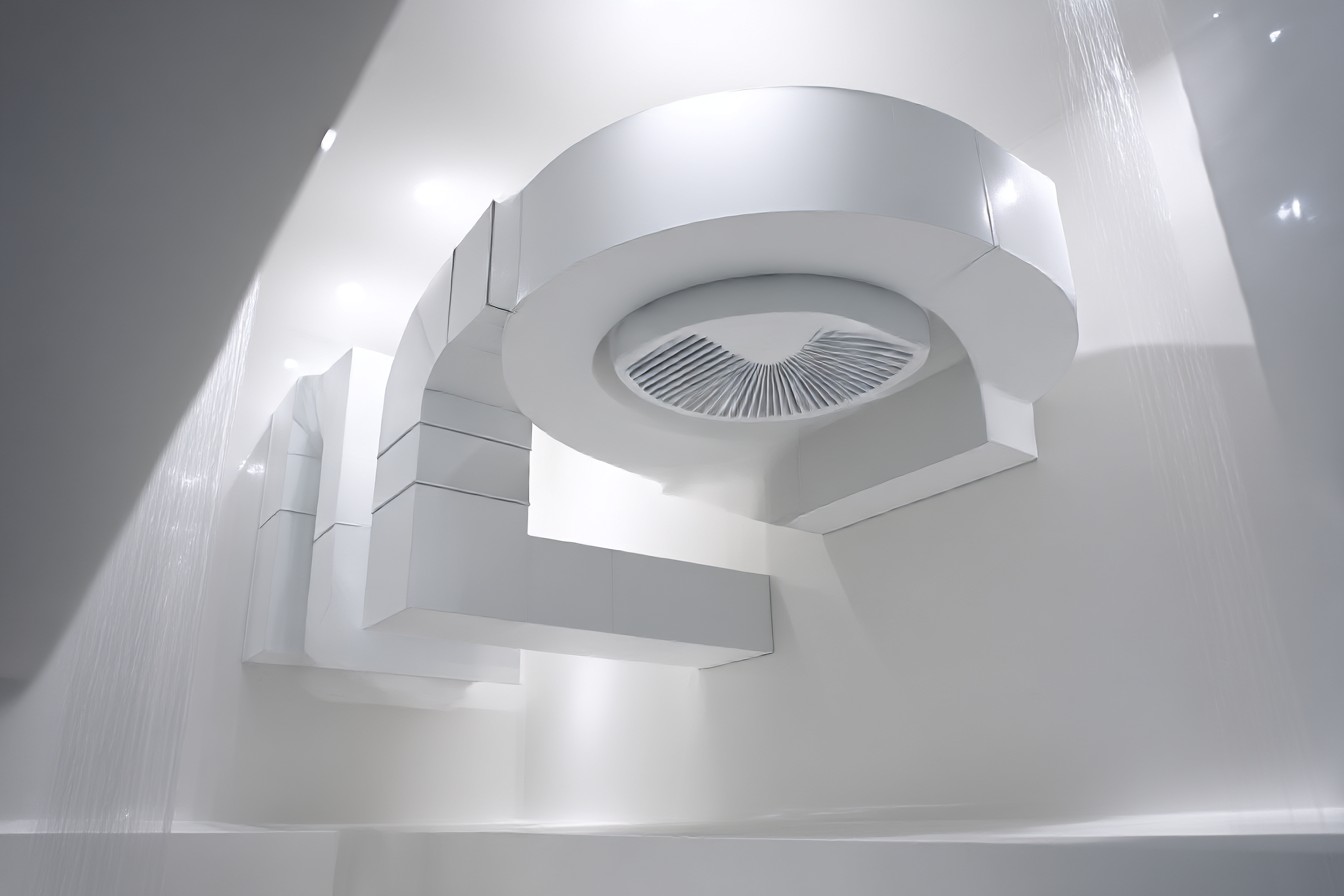
Ducting considerations dramatically impact real-world performance yet rarely receive appropriate attention during installation. The bathroom fan in our Minneapolis home exemplified this problem perfectly—though rated for 80 CFM, it was connected to 25 feet of flexible ducting with multiple sharp bends, reducing its actual airflow to an estimated 30 CFM. This performance degradation happens so frequently that many ventilation manufacturers now publish detailed charts showing how different duct configurations impact actual CFM delivery.
For a renovation in Chicago, we completely redesigned the ventilation ducting to eliminate unnecessary turns and transitions. Rather than using flexible ducting (which creates air resistance with its corrugated interior surface), we installed smooth metal ducting with gradual turns where directional changes were unavoidable. This approach maintained approximately 90% of the fan’s rated capacity compared to roughly 60% efficiency with the standard flexible duct installation. The materials cost difference was minimal—about $45 for the entire project—but the performance improvement was substantial.
Terminal connections—where ducting exits your home—create another common failure point. A client in Denver had properly sized ventilation that mysteriously underperformed until we discovered the exterior vent was almost completely obstructed by the previous year’s cottonwood seeds and lint accumulation. The design of the vent cover allowed debris to enter and nest against the internal damper, creating significant backpressure that prevented proper exhaust flow. We replaced it with a louvered design specifically engineered to resist debris accumulation—a $35 part that restored the system’s intended performance.
In cold-climate regions like Minneapolis, ventilation ducting creates additional challenges related to condensation and thermal transfer. When warm, moist bathroom air travels through ducting in unheated spaces (typically attics), it condenses against the cold interior surfaces. Over time, this condensation can saturate insulation, drip onto ceilings, and even freeze during extreme conditions, potentially blocking airflow entirely.
For our Minneapolis home, we addressed this issue with insulated ducting—essentially a standard metal duct wrapped with insulation and an outer vapor barrier. This approach maintains warmer interior duct temperatures, significantly reducing condensation potential. For maximum protection, we added a slight downward slope to the ducting away from the bathroom, ensuring any condensation that did form would drain toward the exterior outlet rather than back into the fan housing or bathroom ceiling.
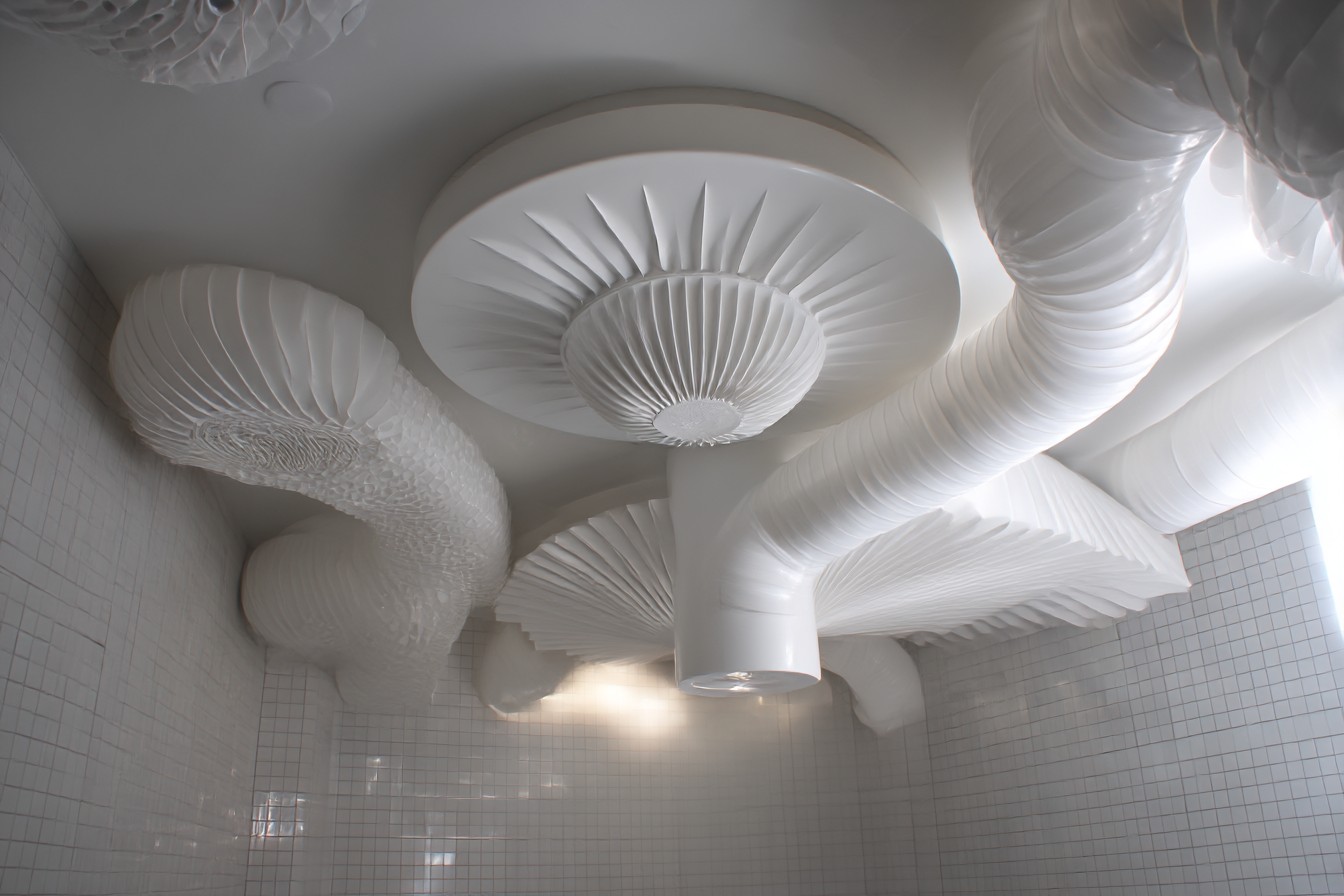
Ventilation timer switches represent one of the most cost-effective bathroom upgrades available. Unlike standard switches that require manual operation (and remembering to turn the fan off), timer models automatically run the fan for a preset duration before shutting off. This seemingly minor convenience dramatically improves ventilation effectiveness by ensuring adequate run time after moisture-generating activities conclude. For less than $30, a basic electronic timer switch can transform user behavior and ventilation results.
For our tech-savvy clients, humidity-sensing switches offer even greater convenience. These models automatically activate when bathroom humidity reaches a predetermined threshold and continue operating until levels normalize. A client in New Orleans with particularly challenging humidity conditions installed these throughout their home with remarkable results—automatic operation eliminated the human-behavior variable entirely while providing precisely the right amount of ventilation based on actual conditions rather than arbitrary timers.
In smaller bathrooms where standard ceiling-mounted fans create space constraints, wall-mounted options can provide effective alternatives. For a compact powder room renovation in Boston where ceiling depth limited installation options, we utilized a wall-mounted exhaust fan positioned near the ceiling. While these units typically provide somewhat lower CFM ratings than their ceiling counterparts, strategic placement can compensate for reduced capacity. In this installation, positioning the fan on the wall opposite the door created effective cross-ventilation when the door remained open after use—a configuration that worked particularly well for a half bath without shower moisture concerns.
For bathrooms in multi-story homes, remote fan installations can solve difficult ducting challenges. A client in Chicago with a second-floor bathroom located in the center of their home faced prohibitive costs for conventional ventilation that would have required extensive ducting through finished spaces. Instead, we installed a remote-mounted fan system—the motor and blower unit positioned in the attic with only a streamlined intake grille visible in the bathroom ceiling. This approach eliminated the need for long duct runs while providing exceptionally quiet operation since the motor noise remained isolated in the attic space.
In regions with milder climates, passive ventilation supplements can significantly enhance overall moisture management. A client in Portland installed a simple but effective passive vent—essentially a louvered opening with an adjustable damper—positioned high on the exterior bathroom wall. During temperate months, this passive system created natural air movement that complemented their mechanical ventilation. The ability to close the vent during extreme weather maintained energy efficiency while the dual-approach system dramatically improved year-round performance.
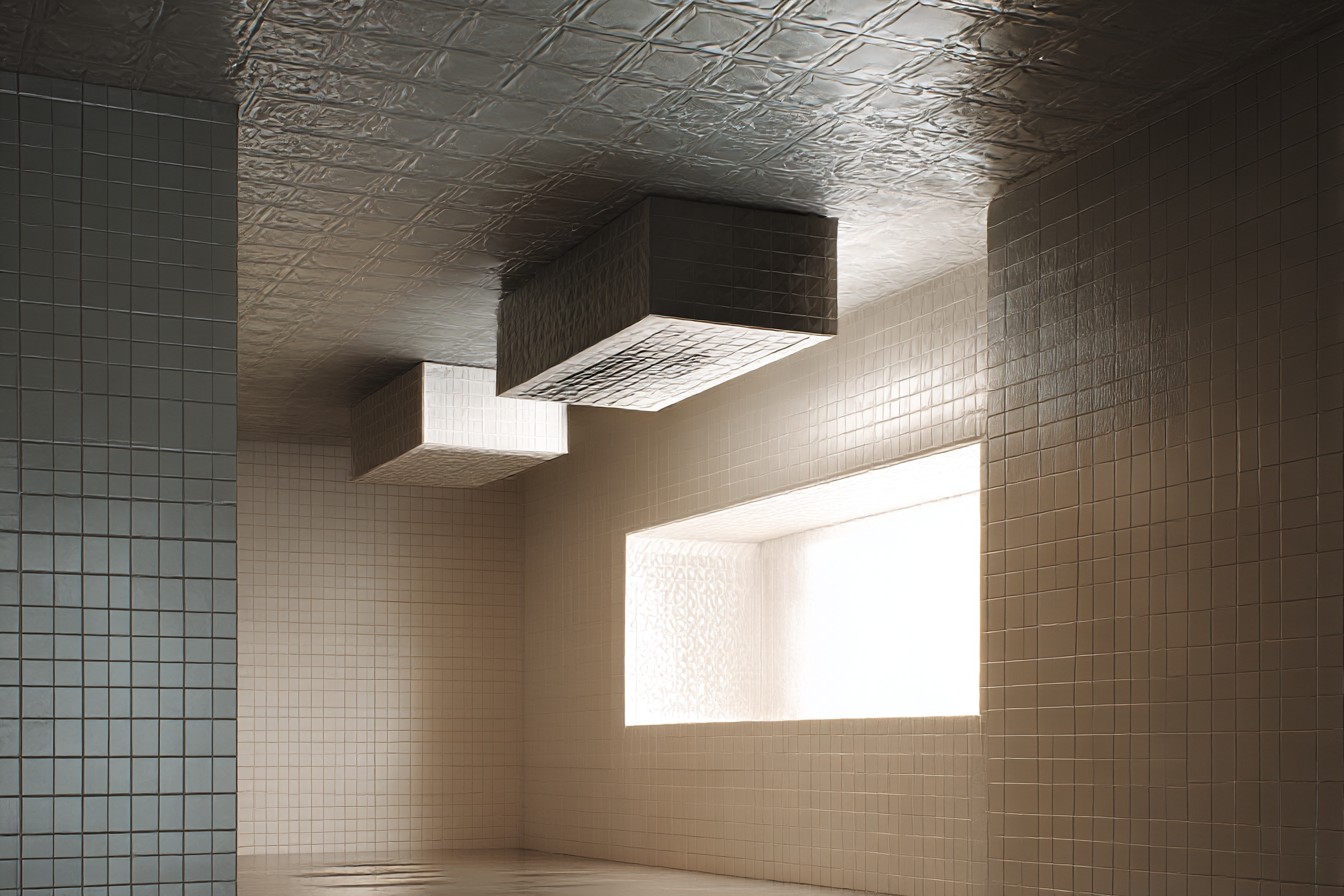
Heat-enabled ventilation fans provide dual functionality that significantly improves winter usage patterns. For our Minneapolis bathroom, we installed a combination unit that includes both ventilation and infrared heating capabilities. The supplemental warmth eliminates the primary objection to running ventilation during Minnesota winters—the uncomfortable temperature drop from exhausting heated air. This behavioral modification aspect proved as valuable as the technical specifications; family members and guests became significantly more likely to use ventilation consistently when it didn’t create discomfort.
For renovation projects where additional ducting becomes prohibitively expensive or structurally challenging, recirculating filtration systems can provide a partial solution. While not as effective as true exhaust ventilation, these systems move bathroom air through activated charcoal and HEPA filters, removing some moisture and odors before recirculating. A client in a historic San Francisco apartment building with prohibitions against exterior modifications used this approach as an imperfect but helpful supplement to their limited existing ventilation.
Light-integrated ventilation units have advanced significantly beyond the buzzing, flickering combination units common in older construction. For a Seattle bathroom renovation with limited ceiling space, we installed a modern LED-integrated ventilation fan that provided both functions without compromise to either. The low-profile design accommodated the room’s minimal ceiling cavity while delivering both adequate light output and proper ventilation capacity—an elegant solution for challenging retrofit situations where separate fixtures wouldn’t physically fit.
Steam shower installations present specialized ventilation challenges that standard approaches rarely address adequately. A client in Chicago invested in a luxury steam shower without recognizing the substantial additional ventilation requirements this feature demanded. When fog began regularly migrating throughout their master suite despite running their standard bathroom fan, we implemented a multi-part solution: a dedicated ceiling fan positioned directly over the steam shower, a secondary exhaust point near the bathroom door to capture escaping moisture, and a programmable controller that extended run time significantly beyond standard operations. This comprehensive approach finally contained the substantial additional moisture generated by their daily steam sessions.
Ventilation noise characteristics matter more than most homeowners realize. A client in Boston complained about their bathroom fan’s disruptive whining pitch despite its relatively reasonable sone rating. The issue wasn’t overall volume but frequency—the particular pitch created by the motor and impeller design was especially noticeable and irritating. We replaced it with a model specifically engineered for sound quality rather than simply low sone ratings, featuring vibration dampening mounts and an optimized blade design. The improvement in perceived noise was dramatic despite similar technical specifications, resulting in significantly increased actual usage.
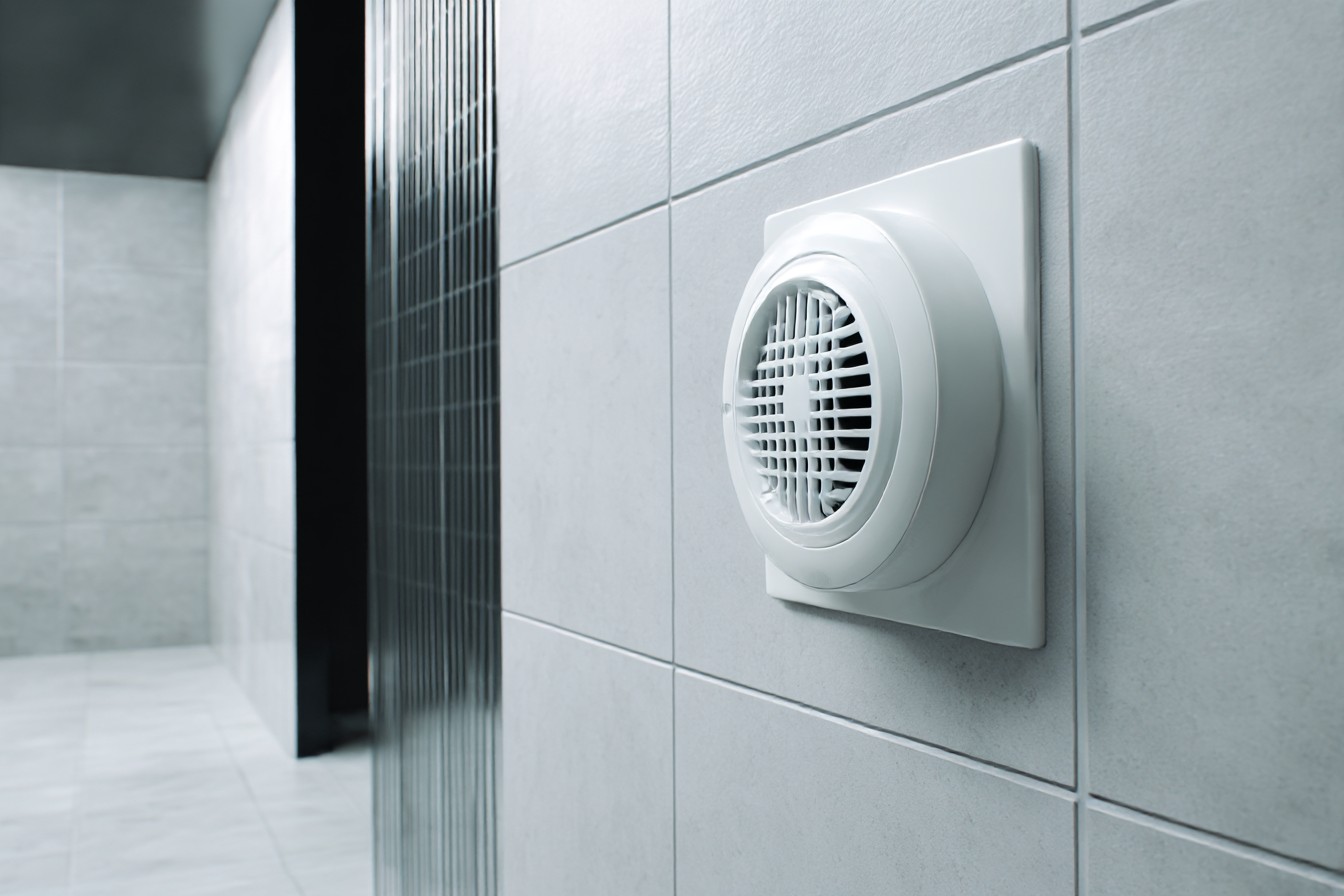
For historically sensitive renovations, ventilation design requires particular creativity. A client restoring a 1920s bathroom in their Minneapolis home wanted to maintain period authenticity while incorporating modern performance. We concealed a high-performance fan behind a reproduction metal grille that matched their original heating registers, connecting it to period-appropriate controls that maintained historical aesthetics without sacrificing functional requirements. This approach satisfied both preservation goals and practical moisture management needs without visual compromise.
In especially challenging humidity environments, supplemental dehumidification sometimes becomes necessary despite adequate ventilation. A client in Florida installed a proper bathroom exhaust system but still battled persistent moisture issues during summer months when humidity regularly exceeded 80%. Their solution combined mechanical ventilation with a small wall-mounted dehumidifier specifically designed for bathroom environments. This dual approach finally addressed their regional climate challenges, preventing the mold growth that had previously required repeated remediation despite conventional ventilation.
Makeup air considerations often get overlooked in ventilation planning, particularly in newer, tightly constructed homes. A client in a recently built energy-efficient home found their bathroom fan barely moved air despite proper installation. The diagnosis revealed a whole-house pressure issue—their tightly sealed home lacked adequate makeup air to replace what the bathroom fan removed, essentially fighting against a vacuum. The solution required incorporating passive air inlets in strategic locations to balance pressure relationships and allow ventilation systems to function as designed.
The actual installation quality dramatically impacts real-world performance regardless of the equipment selected. For a client in Chicago who had invested in a premium ventilation fan that underperformed expectations, we discovered significant air leakage around the housing unit where it met the ceiling. This seemingly minor installation flaw allowed nearly 30% of the moved air to recirculate into the attic space rather than traveling through the ducting to the exterior. Simple air sealing with appropriate materials remedied the issue without requiring equipment replacement—a 30-minute fix that transformed performance.
Motor quality represents another frequently overlooked specification that impacts both longevity and performance. The cheapest bathroom fans typically utilize sleeve-bearing motors that produce more noise and fail more quickly than ball-bearing alternatives. For our Minneapolis bathroom, we invested in a model with a DC motor and sealed ball bearings—a premium that added approximately $70 to the fan cost but provided significantly quieter operation, greater energy efficiency, and an expected service life three times longer than builder-grade alternatives.
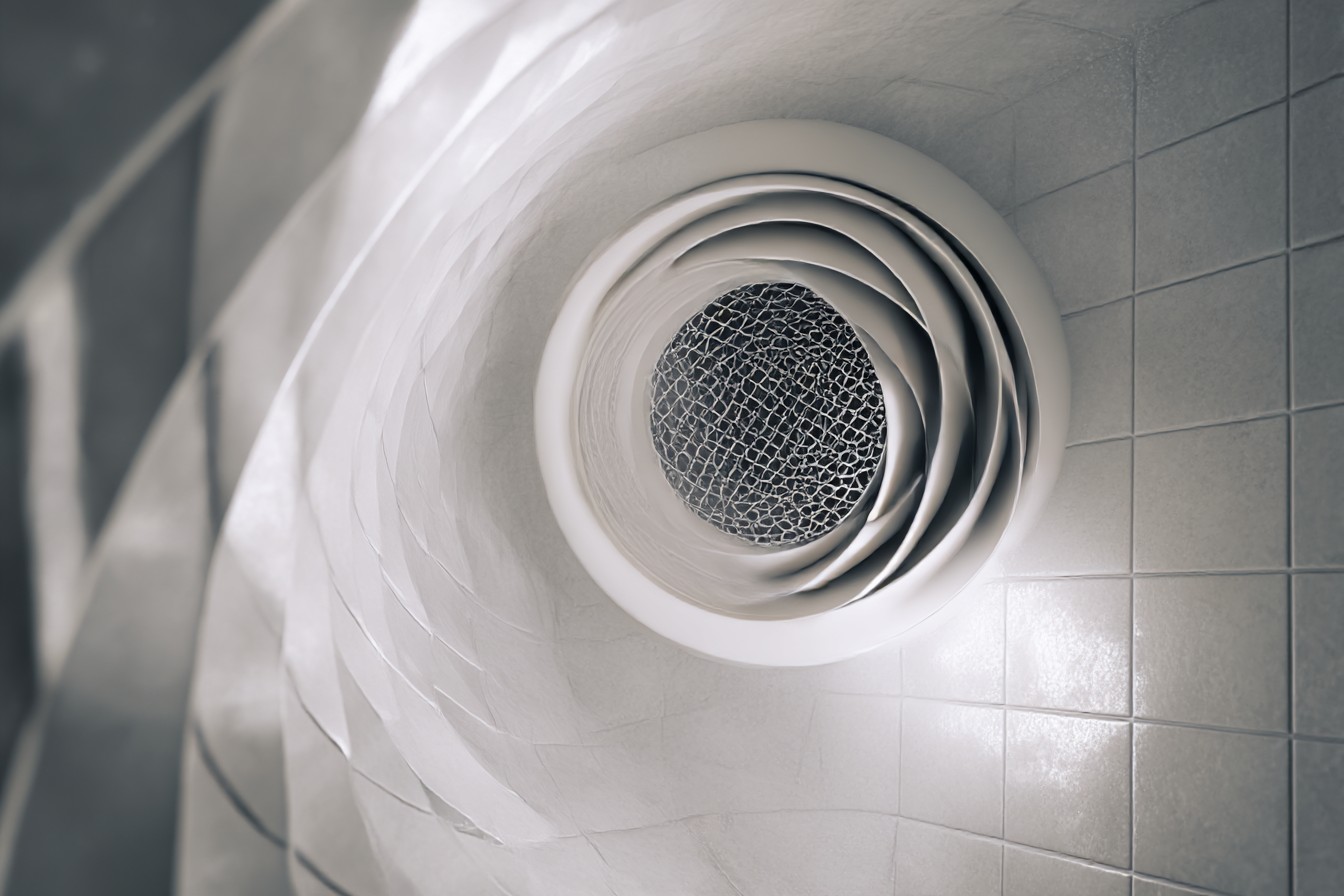
For bathrooms with particularly challenging layouts, multiple coordinated exhaust points sometimes offer the only effective solution. A client in Seattle with a complex bathroom configuration—including a separate shower room and water closet within the larger space—struggled with moisture migration despite having appropriately sized ventilation in the shower area. We implemented a zoned approach with smaller, strategically placed exhaust points in each distinct area, all connected to a single high-capacity external motor. This distributed collection system finally addressed their persistent dampness by capturing moisture at multiple sources rather than relying on air movement across the entire space.
In retrofit situations where conventional ducting isn’t feasible, innovative approaches can still deliver significant improvements. A historic row house in Boston with solid masonry exterior walls presented extreme ventilation challenges during renovation. The solution utilized slim-profile ducting specifically designed for retrofit applications, routed within interior walls to an exit point through an unused chimney flue. While more complex than standard installations, this approach maintained historical integrity while providing modern performance—a balance that conventional methods couldn’t have achieved.
If there’s one universal truth I’ve discovered about bathroom ventilation across different regions and housing styles, it’s that effectiveness depends far more on thoughtful system design than simply installing a fan that checks minimal requirement boxes. The most expensive ventilation unit will underperform if improperly ducted, incorrectly sized, or installed with leaking connections. Conversely, even moderately priced equipment can deliver excellent results when selected with specific bathroom conditions in mind and installed with attention to performance details.
The most successful bathroom ventilation solutions begin with honest assessment of actual conditions—not just square footage but ceiling height, shower size, regional humidity patterns, and realistic usage behaviors. They incorporate appropriate sizing with generous margins rather than bare minimums, quality components that encourage consistent use through quiet operation, and installation details that maintain rated performance rather than compromising it through poor ducting choices or leaking connections.
For our Minneapolis bathroom, the complete ventilation overhaul added approximately $250 to our renovation budget compared to a minimalist code-compliant approach. Five Minnesota winters later, the walls remain perfectly intact, humidity levels stay appropriate even during the most challenging conditions, and the system operates so quietly that visitors often check whether it’s running. That modest investment has prevented potentially thousands in moisture damage while creating a noticeably healthier indoor environment—proof that sometimes the most important renovations are the ones that disappear into the background of daily life, quietly performing essential functions without drawing attention to themselves until they fail.
So next time you’re planning a bathroom renovation or addressing persistent moisture issues, remember that the humble bathroom fan deserves far more attention than most renovations provide. It’s not just about meeting code requirements or checking boxes—it’s about creating a genuinely effective moisture management system tailored to your specific conditions. Because ultimately, the best bathroom ventilation is the kind you never have to think about—it just works, protecting your home and health through quiet competence while the more photogenic aspects of your bathroom renovation get all the attention.